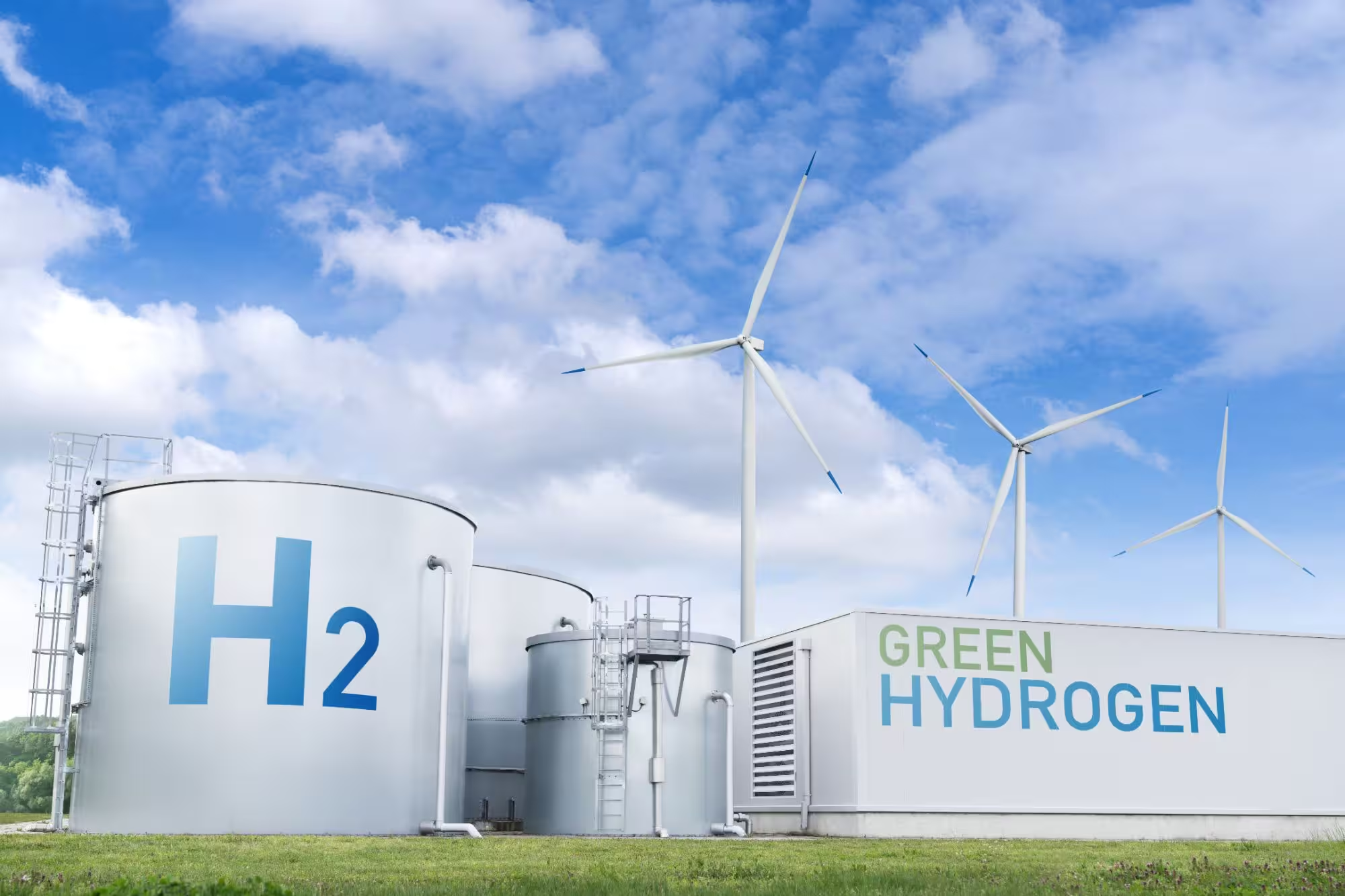Novel Fuel-Flexible ultra-Low Emissions Combustion systems for Sustainable aviation

Improving air quality around airports while reducing the carbon footprint of aviation can be achieved by transitioning to sustainable aviation fuels (SAFs) and hydrogen (H2). Recent advances in engine technology have confirmed this potential. However, using these cleaner fuels requires significant changes to the design of gas-turbine engines. Current engines need improvements not only to meet future regulations for reducing harmful emissions like nitrogen oxides (NOx) and particulate matter (PM) but also to handle the challenges of burning 100% hydrogen directly.
This project focuses on developing groundbreaking combustor designs to address these needs, building on initial results from previous “Innovative NOx Reduction Technologies” projects under Clean Sky 2. The project aims to advance three key technologies: (i) the Lean Azimuthal Flame (LEAFinnox) system, which uses a flameless combustion process, (ii) the Compact Helically Arranged combustor (CHAIRlift), which leverages interacting lean flames for better combustion control, and (iii) techniques that use plasma and electric fields to stabilize the spray and flame.
These new designs are especially adaptable, making it possible to use both SAF and hydrogen fuels. This flexibility will enable innovative dual-fuel strategies that significantly lower NOx emissions and soot, whether using a single or mixed fuel approach. The project will combine experiments and simulations, including advanced computational fluid dynamics (CFD), low-order models, and artificial intelligence techniques. These efforts will deepen our understanding of these new combustion systems and provide a foundation for further development, aiming to bring the technology closer to practical use (Technology Readiness Level 3 and beyond). Ultimately, this research will pave the way for cleaner, more efficient engines that can be commercially viable in the push for greener aviation.
